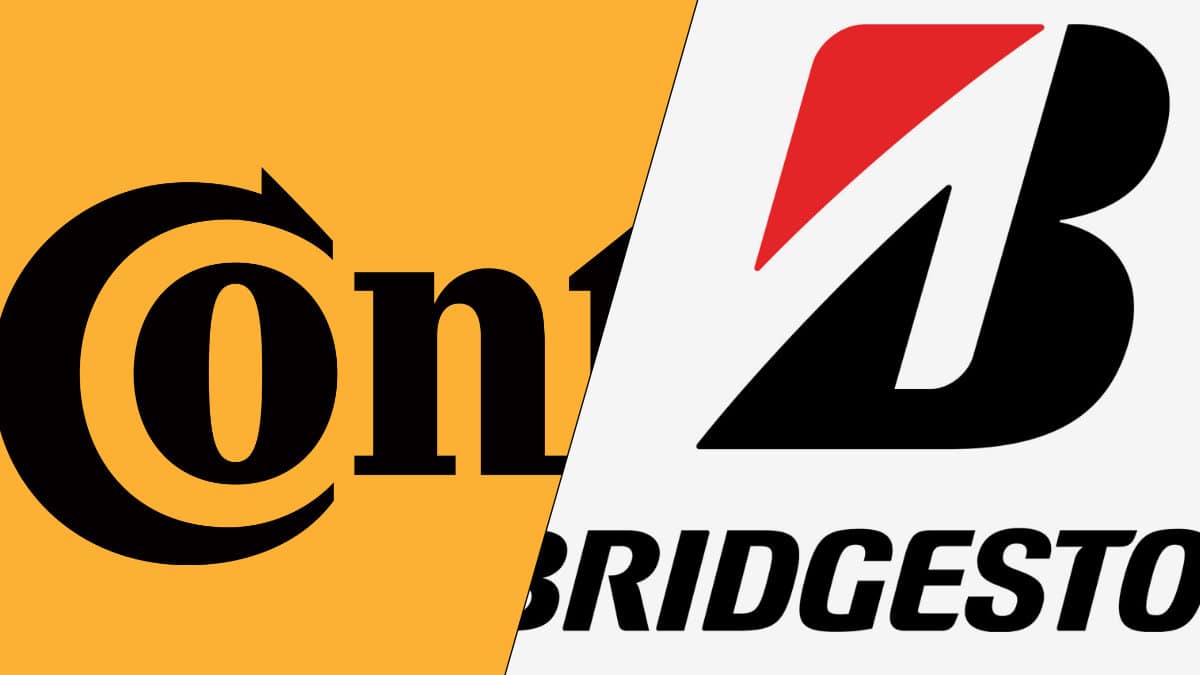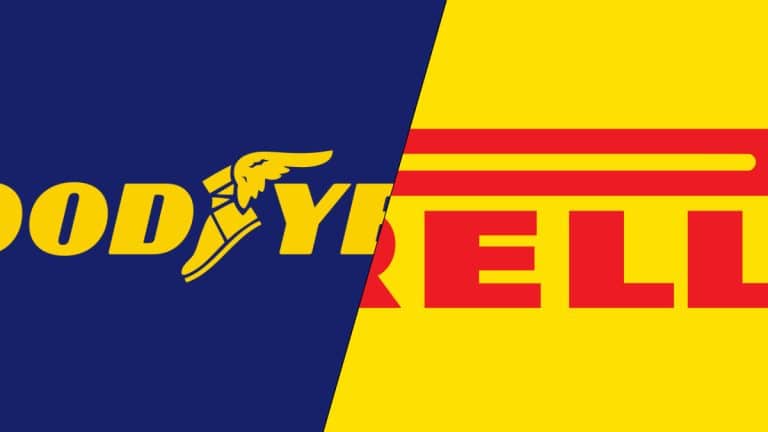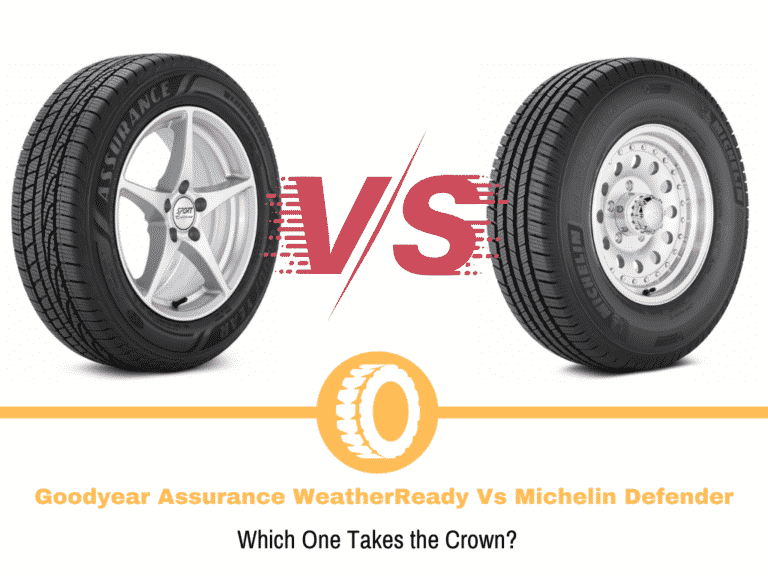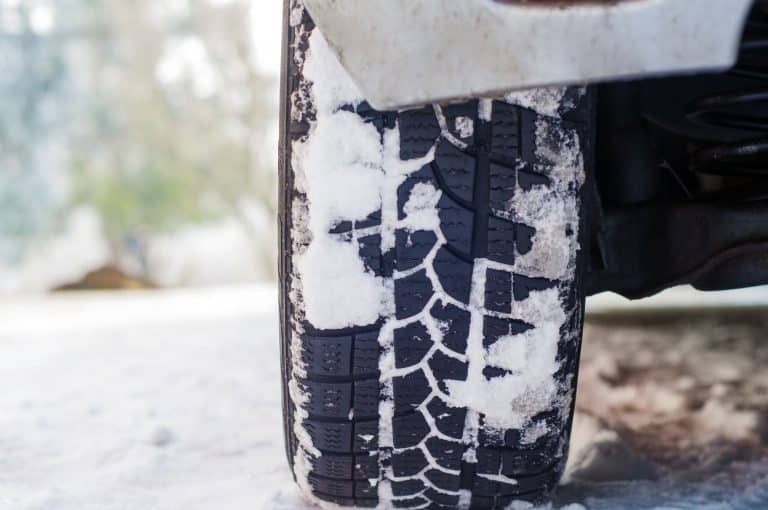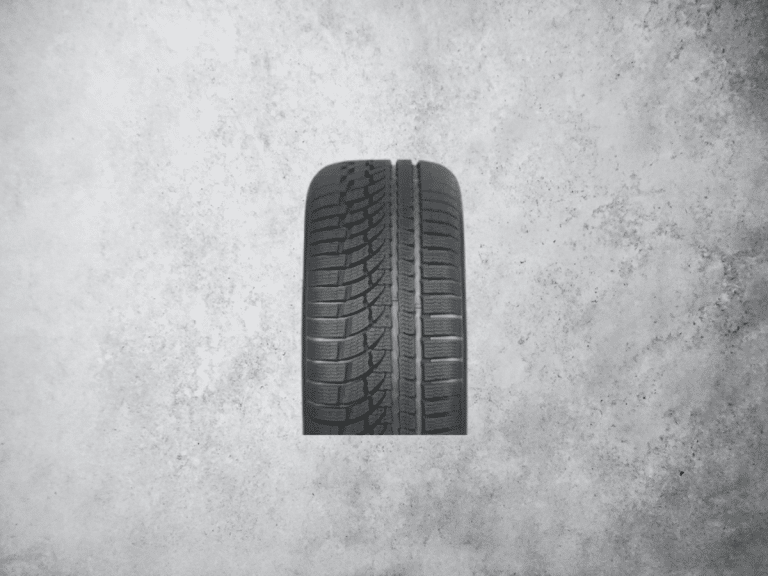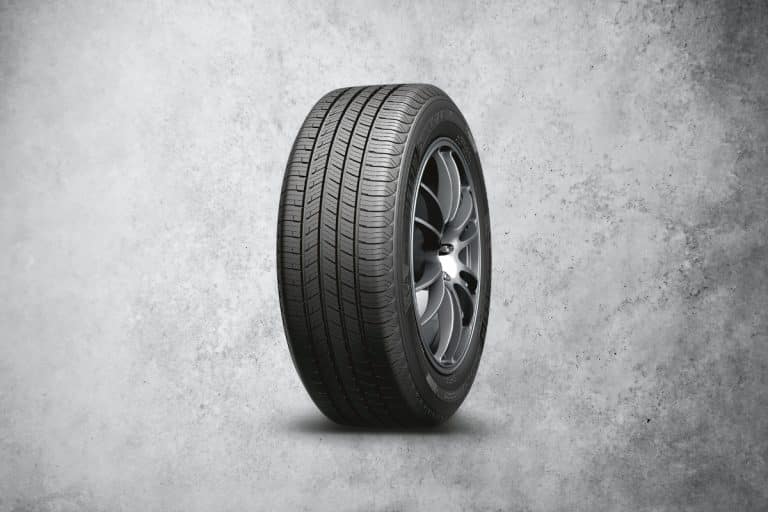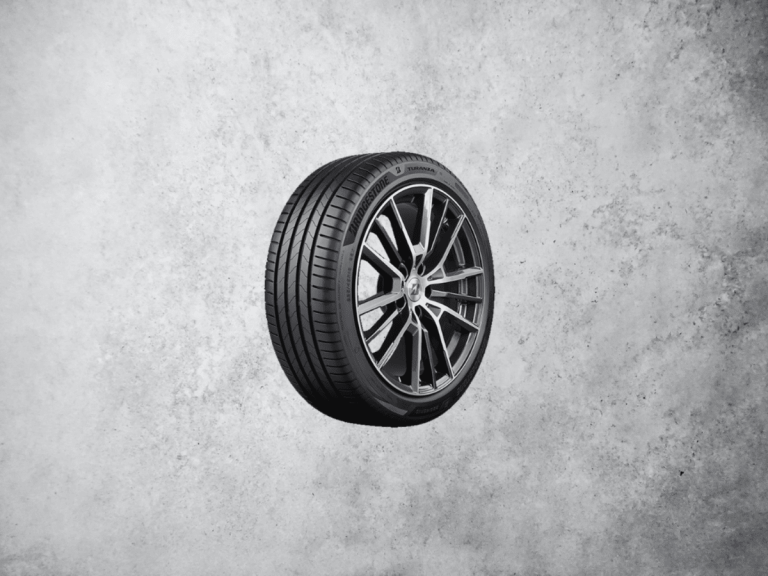Continental vs Bridgestone Tires
Continental and Bridgestone are premium tire brands that enjoy an excellent reputation among the masses. Their tires’ superb ride quality, excellent road manners, and unusually extended treadwear warranties help distinguish them from the competition.
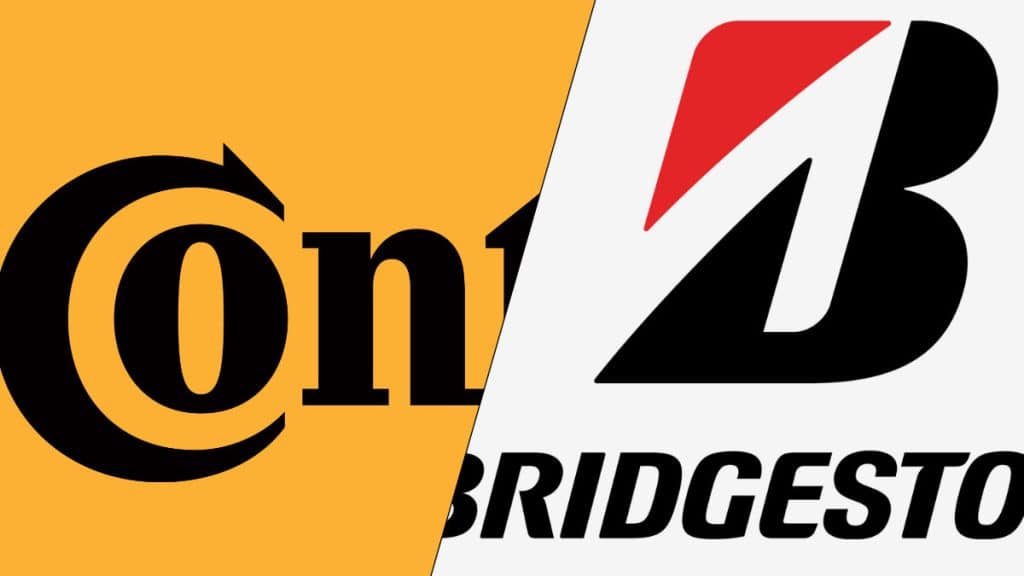
Continental Rating: 4.7/5
Bridgestone Rating: 4.5/5
Availability of options is another area where these brands excel. Regardless of the category of tires you want to install on your vehicle (all-season, all-terrain, high-performance, etc.), you can count on Continental and Bridgestone to offer a set meeting your requirements.
All in all, Continental and Bridgestone tires appeal to the same end-user. That is something you already know, as your presence here indicates. That’s not the only thing we know about you – we’re also aware of your desire to learn what distinguishes these brands’ tires from each other.
Guess what? We have come up with this article to provide you with the same. In this Continental Vs Bridgestone tires comparison, we’ll highlight all the key areas where these tire brands differ. But before that, let’s turn our attention to the histories and families of these premium tire brands.
Continental’s History
Many people didn’t know that Continental didn’t start as a tire manufacturer. Instead, for more than three decades after its founding in Hannover, Germany, in 1871, the company was producing soft rubber products and rubberized fabrics.
It was only in 1904 that Continental produced its first tire. That tire had a tread along its circumference and a groove inside the tread area. The presence of the groove gave the tire the flexibility heretofore not seen in tires, making it more controllable in slippery conditions.
Fast forward to 1987, and after years of toiling in South America, Continental made an official entry to the US tire market. The company made waves by purchased General Tire from GenCorp, giving rise to the Continental General Tire Corporation.
At the time of writing, Continental is the 4th largest tire manufacturer in the world. The famous tire brand produces a wide range of tires from bicycles and motor bikes to passenger cars and commercial trucks. Still, much of its fame comes from its passenger tires.
Continental Tire Families
Four families complete Continental’s tire lineup. These include ultra-high-performance or UHP, touring and grand touring, all-terrain or AT and winter tires. All these tires are available for passenger cars, CUVs, SUVs, sport coupes, and light trucks.
Ultra-High-Performance
There are twelve tires in Continental’s UHP family. All of them offer a thrilling driving experience, courtesy of an enhanced steering response and brilliant high-speed stability. These tires cornering performance, dry/wet acceleration and lateral tracking also makes them the first choice of enthusiast drivers.
Not everything is excellent about Continental’s UHP tires, though. Take, for instance, the Premium Contact 6, one of Continental’s flagship UHP tires. Sure this model does offer dynamic handling and boasts ridiculously short braking distances. But its asking price can wipe out all your savings.
Touring and Grand Touring
Continental’s touring and grand touring tires demonstrate why drivers love both these categories. These models come with best in-class tread wear warranties. Their wet traction is also supreme, made possible by the plethora of circumferential and lateral grooves.
Need proof? Then you must check out the CrossContact LX25. Here is an all-season touring tire that is backed for 70,000 miles and possesses all the features mentioned above. The same could be said about the TrueContact Tour, one of the most reliable touring tires on the market.
Winter
Three-Peak Mountain Snowflake symbol, M+S symbol, flexible tread compound and multiple circumferential grooves – any tire which comes with at least three of these four features has what it takes to safely carry your vehicle from point A to point B in harsh wintry conditions.
Guess what? Each of Continental’s 12 winter tires possess all four features mentioned above. So that, whether you opt for the Conti 4×4 WinterContact or the Winter Contact TS 860, a surefooted and reliable performance on the snow will be all but guaranteed.
All-Terrain
There are only two tires in Continental’s all-terrain family. The first of them is the TerrainContact A/T, the manufacturer’s flagship all-terrain tire. Dirt, gravel, grass, soil, rocks, you name it. This tire has what it takes to transition effortlessly from the traveled to the less-traveled roads.
However, as great as this tire is, it suffers from one serious flaw. The TerrainContact A/T isn’t available in large truck sizes. So, if you own or drive a light commercial vehicle, the TerrainContact™, which is made for light-duty commercial vehicles, might serve you better.
Bridgestone History
Bridgestone was built on the idea that only with continued innovation could Japanese companies rival their global competitors. However, for the first two decades after its founding in 1931, the company wasn’t able to put this vision to practice. As allied forces were busy bombing its facilities.
Still, even as many of its factories were going up in flames, Bridgestone continued to cling to the tire manufacturing business. Such steadfastness bore fruit in 1946, when, a year after Michelin had produced the world’s first radial tire, Bridgestone came up with a radial tire of its own.
This gave birth to the Bridgestone Vs Michelin rivalry, which continues to this day. The rivalry has also catalyzed some major acquisitions in the tire industry. Only two years after Bridgestone had acquired The Firestone Tire & Rubber Company, Michelin went ahead and purchased BFGoodrich in 1990.
In 2021, the latest year for which data is available, Bridgestone announced an operating profit of £2.5 billion. This amounts to a 90% increase compared with 2020. Based on these numbers, it shouldn’t be surprising to note that Bridgestone is currently the world’s 2nd largest tire manufacturer.
Bridgestone Tire Families
Bridgestone has divided its tire catalog into eight lineups or families. These include the Bridgestone Potenza, Alenza, Turanza, Dueler, Driveguard, Ecopia, Blizzak and WeatherPeak. Each of these families contain tires meant for different weather conditions.
Potenza
Bridgestone’s Potenza tires target sports cars and high-performance vehicles. Yet, every member of this lineup is different from the other, letting you pick a Potenza that best meets your requirements. Take the example of Potenza RE-71R, RE2 and RE80As to understand this point.
While the RE-71R is a premium extreme performance summer tire, the RE92 offers excellent dry performance on a budget. That isn’t the case with the RE 980AS. This tire strikes the perfect balance between dry and wet traction, though it could have fared better on the comfort department.
WeatherPeak
The WeatherPeak Tires are Bridgestone’s touring/all-season models. Reliable year-round performance, quiet and comfortable ride, responsive handling for a superior grip, and an astronomical asking price – every member of this family has these four qualities in abundance.
However, not every claim that Bridgestone makes about the WeatherPeak tires is true. For instance, we’re yet to see any genuine reason why this family contains the ‘next evolution of the all-season tire’. Plus, the 70,000-mile warranty could have been stretched to 80,000-mile given these tires prices.
Alenza
Bridgestone’s Alenza tires are grand-touring tires for summer and mild winter conditions. There are several members in this lineup, including the Alenza A/S, Alenza Sport, Alenza Plus, and Dueler HL Alenza, among others. All the tires are made for different driving styles.
For instance, if everyday driving is all you use your vehicle for, the Alenza A/S might be worth a shot. The Alenza Plus deserves your attention if you want sporty performance at a budget. Conversely, if you own a light truck or any other light-duty commercial vehicle, go for the Dueler H/L Alenza.
Turanza
The Bridgestone Turanza lineup has many things in common with the Alenza family. Members of both families offer an extremely comfortable ride in dry and wet road conditions. Both offer tires backed with extensive treadwear warranties, which in some cases exceed the 80,000-mile mark.
Yet, there is one thing that gives the Turanza an edge. Its tires are super-quiet on the road. Road growl is something that is alien to these tires. So, if you have a habit of driving with the windows rolled all the way down, the members of this family would see to it that you don’t need noise-canceling headphones.
Dueler
The Bridgestone Dueler family strikes the sweet spot between off-roading and refinement. On the one end, these tires have all the features required for a reliable off-roading experience. Examples include stiff sidewalls, puncture-resistant tread compounds and high-density sipes.
On the other end, these tires don’t sacrifice comfort at the altar of off-roading. Their flexible rubber compound makes sure that the road noise is kept at a minimum.
DriveGuard
Bridgestone DriveGuard is one of the brand’s and the market’s best run-flat tires. Don’t know what a run-flat tire is? As the name implies, these tires can be driven up to 100 miles even when they are punctured. That too without any danger of the tread or the inner rubber falling apart.
The DriveGuard Plus features various improvements over Bridgestone’s other run-flat tires. Bridgestone has reinforced its sidewalls to help them support the load even when they’re deflated. A unique cooling fin technology minimizes the risk of bust ups.
Ecopia
In every field of life, sustainability has become a buzzword of late. The tire industry isn’t any different, with many brands introducing tires that are deemed to weigh light on the environment. If Bridgestone is to be believed, the Ecopia family is also populated by eco-friendly tires.
Among the Ecopia family, the H/L 422 Plus is our favorite. And for plenty of good reasons. This tire boasts one of the highest fuel economies of any eco-friendly tire out there. At the same time, it is backed with an exceptional 70,000-mile treadlife warranty.
Blizzak
The Bridgestone Blizzak family is populated by tires designed for harsh wintry conditions. This family also boasts the Blizzak WS-80, one of the most popular snow tires on the market. The WS-80 offers such streamlined performance on snow that it’s our first pick for winter tires.
Another thing that distinguishes Blizzak tires is their availability. These tires come in all shapes and sizes, a quality that enables them to fit virtually every vehicle you see on the road.
Continental Vs Bridgestone Tires: Differences
Here are the major differences between Continental and Bridgestone tires:
Performance
Bridgestone tires are no match for their Continental counterparts in the performance department.
Take, once again, the example of the Premium Contact 6. We’re yet to see a tire from Bridgestone that could compete with the Premium Contact 6 in terms of steering response, high-speed stability, and dry/wet traction and grip.
Sure, this tire doesn’t come cheap, but that is the case with nine out of 10 HP and UHP tires. While there are brands like Toyo and Nitto to meet the demands of enthusiasts on a budget. But when it comes to extreme performance, tires from premium brands like Continental are born-winners.
Availability of Options
Here is one area where Continental lags behind Bridgestone.
Unlike Continental, which offers tires in four different categories, Bridgestone’s tire family consists of 8 different lineups. Every category from all-season to all-terrain and from winter to extreme summer performance is covered by Bridgestone.
Price and Warranty
There is no clear winner on the price and warranty fronts.
Start with the price. As you may have noted by now, Continental and Bridgestone tires aren’t for those with shallow pockets. Tires from both these brands have the potential to wipe out anyone’s savings.
The same goes for warranty. 70,000-mile is the average warranty you get on the all-season, touring and grand-touring tires on both these brands. Sure, warranties on sports and winter tires vary. But the variance isn’t enough to proclaim one a winner and the other a loser.
Advantages of Continental
- Offers better tires for sporty driving
- Backs its models with generous warranties
- Tires are available in a large number of sizes
Advantages of Bridgestone
- Offers tires in multiple categories
- Boasts some of the best winter tires on the market
- Provides eco-friendly tires on a budget
Continental Vs Bridgestone Tires: Which Brand to Choose?
Continental tires are a better option for sporty driving. These models are also a better choice for the race track as well as the street. However, if you live in an area which receives more than its fair share of snow, or you do regular off-roading, Bridgestone tires should be on top of your wish list.
